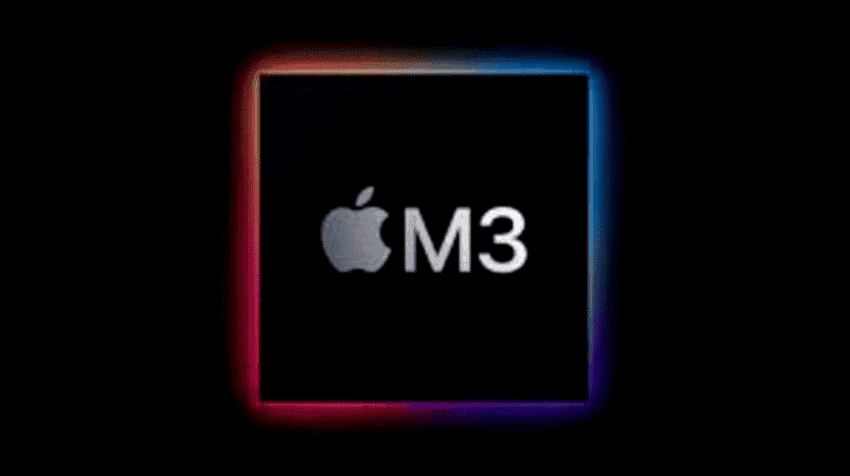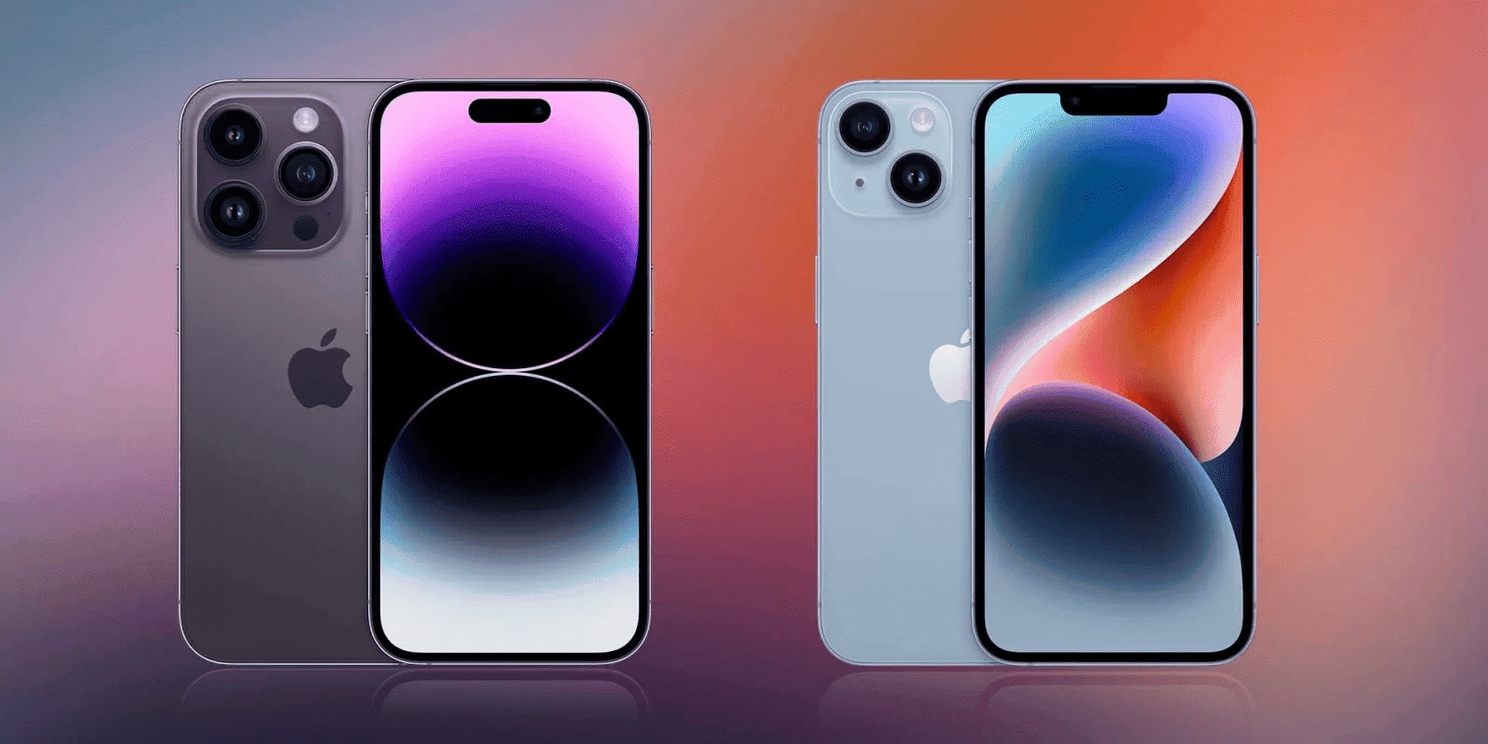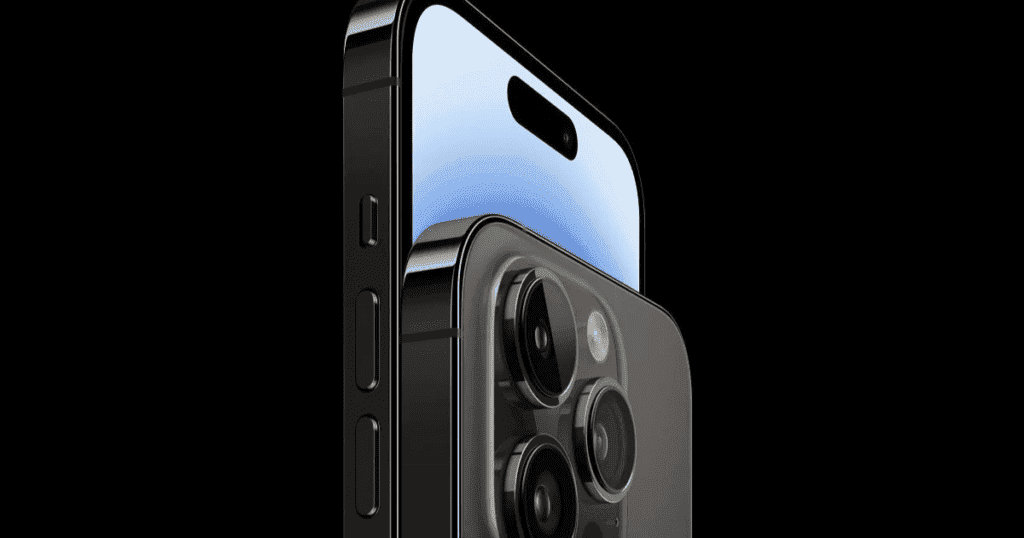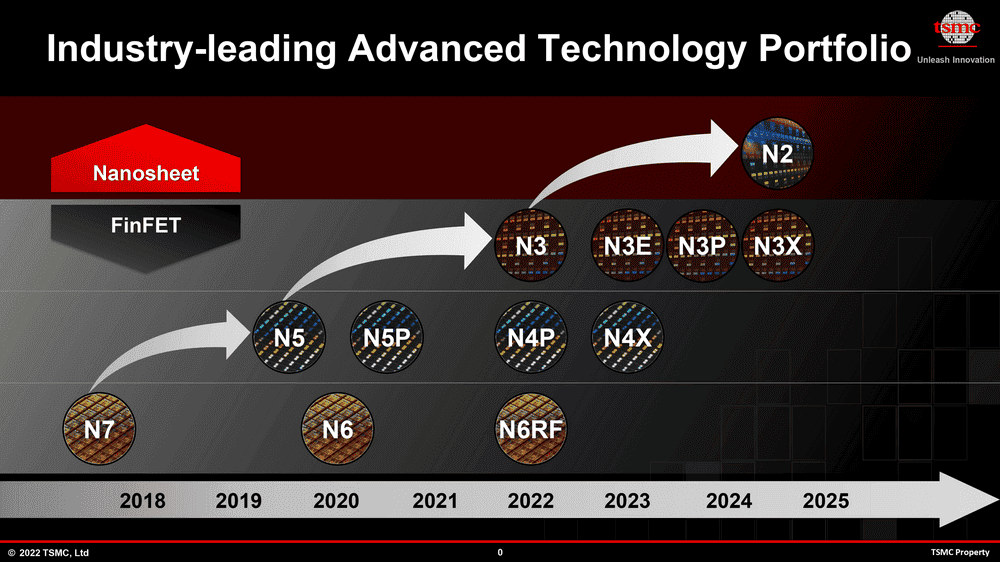Samsung's fiasco with the recent Snapdragon 8 Gen 1 and its lackluster Exynos 2200 is memorable. It's forcing other companies to turn over to TSMC. Besides its usual clients like Apple, and MediaTek, TSMC has also been getting more orders for Snapdragon chips. As per reports, Qualcomm will stick with TSMC for the Snapdragon 8 Gen 2 and future Snapdragon 7 Gen 2 SoCs. However, it seems that Apple will still be ahead of the competition. Apparently, the Cupertino-based brand will use TSMC's enhanced 3nm process. It carries the "N3E" moniker and it's TSMC's second generation. The new process will come through the upcoming Apple M3 chips for computers and Apple A17 for the Apple iPhone 15 Pro models.
iPhone 15 Pro and Apple M3 with TSMC's 2nd gen 3nm process will be ahead of the competition
Nikkei Asia reports that Apple will rely on TSMC's second generation of 3 nm chips for its upcoming products. It's quite obvious to expect them for 2023. After all, the iPhone 14 series was been recently released. The current Pro models use the Apple A15 SoC. When it comes to computers, the Apple M2 will get Pro and Max variants soon. These may also stick with the current manufacturing process. Therefore, the Apple M3 will hit the market only in 2023. However, don't expect it for Q1 2023. Meanwhile, the upcoming iPhone 15 Pro series will likely stick with the usual September launch schedule.

According to the technical details, TSMC's N3E will bring some massive benefits in comparison to the N3. To those unaware, the N3 is TSMC's first generation of 3nm process. It may appear in a bunch of new processors next year. That includes some Qualcomm Snapdragon and MediaTek Dimensity chipsets. For that reason, Apple's upcoming iPhone 15 Pro and Apple M3 will have certain advantages over the competition. After all, we expect a lot of chips with the first-gen TSMC 3nm manufacturing.
Apparently, Apple will use the fancier, and probably costlier product, on its "high-end" chipsets. The report also states that the company will use the first-generation 3nm process from TSMC on some iPad chips. Unfortunately, the identity of this particular iPad remains a mystery. The upcoming iPad Pro is rumored to get a release in the next month. It will use the current Apple M2 processor. Furthermore, reports also suggest the release of a new entry-level iPad. This "cheaper" model will stick with the Apple A14 SoC that uses a 5nm process. Therefore, we expect this rumored 3nm-based iPad to also appear by 2023.
The iPhone divide is here to stay
Interestingly, the report also confirms a specs division between the iPhone 15 and iPhone 15 Pro series. For the second year in a row, Apple will keep the "real flagship" improvements only on the Pro lineup. That said, the iPhone 15 Pro and Pro Max will pack the new Apple A17 processor. The iPhone 15 and 15 Plus, on the other hand, will stick with the Apple A16 processor. It also comes from TSMC but uses its 4 nm manufacturing process.

To recall, the iPhone 14 Pro and A14 Pro Max are using the Apple A16. The vanilla and Plus models stick to pack the even older Apple A15 processor. The processor is one of the differences, but there are many more. The vanilla and Plus iPhones bring the old notch design. This design is reminiscent of the iPhone X era. Moreover, the cameras on these models haven't significant upgrades. The iPhone 14 Pro and Max, on the other hand, bring a new 48 MP camera. Furthermore, when it comes to the design, they have a fancy new "island" notch. Apple has made quite interesting use of the "punch-hole". However, some may still see this as a mere gimmick. For the next year, we expect some differences. However, Apple may bring the new design to simpler models.
iPhone 15 Ultra
As per the recent reports, Apple may rebrand its high-end iPhone lineup to "Ultra". That will fall in line with the recently-released Apple Watch Ultra. Moreover, there is an Apple M1 Ultra, so the company has been working hard on making this term popular. Therefore, the iPhone 15 Pro Max may actually come as iPhone 15 Ultra. As per the analyst Ming-Chi Kuo, while the iPhone 15 series may adopt some iPhone 14 Pro features.

However, they will still be distant from the iPhone 15 Pro and Ultra. Apparently, the differences between these models will grow and grow in the upcoming years. In fact, users may even start to see significant differences between the Pro and Ultra variants. Differences that will go beyond the display size. Of course, it's too soon to set things into stone. Therefore, digest this news with a pinch or two of salt.
TSMC's multiple 3nm manufacturing nodes
Apple is one of the companies taking advantage of TSMC's recent strategy. The Taiwanese chipset maker will split its 3nm manufacturing into four classes - N3E, N3P, N3S, and N3X. These will come in the next few years ahead of 2nm chips.

These N3 variants will offer improved process windows, higher performance, increased transistor densities and augmented voltages for ultra-high-performance applications. All these technologies stick with FinFlex, which stands as TSMC's "secret sauce". Apple will take advantage of this strategy with the upcoming iPhone 15 Pro and Apple M-series.
What we expect
It's too soon to take big conclusions, but the iPhone 14 and 14 Plus, apparently, are not being received with bells and whistles. Of course, we need to wait for the sales to kick off in the global markets. Only then, we'll have a better forecast of their success. However, the initial reports clearly state that the iPhone 14 Plus is not favored among fans. It's the iPhone 14 mini ghost? Maybe not, we assume that the differences between the vanilla and Pro models are still pushing users to the Pro variants. Especially when the price difference is not too significant. Users may prefer to spend a little more on "real" upgrades rather than on devices that sound like "recycled" iPhone 13s.






Place comments
0 Comments
You are currently seeing only the comments you are notified about, if you want to see all comments from this post, click the button below.
Show all comments